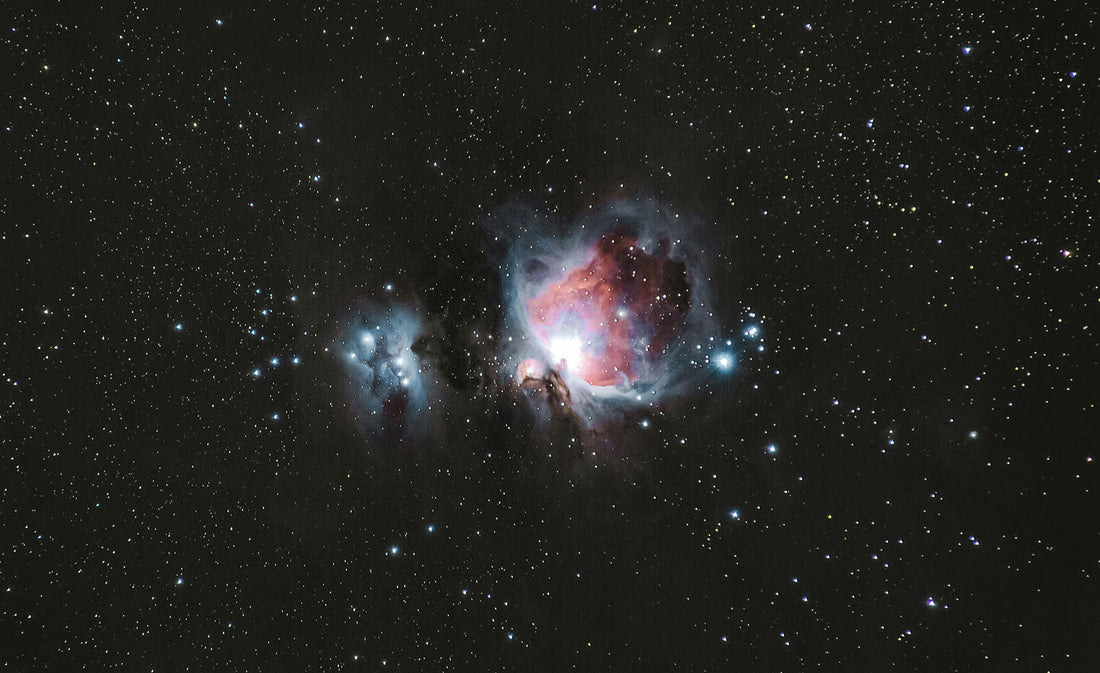
Astronomical Observations in March–April in the Northern Hemisphere: A Complete Guide
March and April are fascinating months for astronomy enthusiasts in the northern hemisphere. Nights are warming up and weather conditions are often more favorable for observing the night sky. This article will guide you through the celestial objects visible during this period, while providing valuable tips on equipment to use for an optimal experience. We will also cover the Messier Marathon, an exciting challenge for amateur astronomers.
\nThe Celestial Objects in March–April
\n\n
The Planets
\nMars : Mars is often the highlight of the months of March and April. The red planet is approaching Earth, offering detailed views of its reddish surface. A good telescope with high magnification (100x-200x) will allow you to see the polar ice caps and perhaps even some of Mars' geological formations.
\nJupiter : Although Jupiter is more visible in spring, it begins to appear early in the night in March and April. With a telescope of 100-150mm aperture, you will be able to see the planet's cloud bands and, in clear weather, the four Galilean moons (Io, Europa, Ganymede and Callisto).
\n🪐 Saturn : Saturn rises later in the night, but is well visible before dawn. A telescope with a 100-150mm aperture will allow you to see its rings and, in clear weather, perhaps even its largest moons, Titan and Rhea.
\nThe Stars and Constellations
\nOrion : Orion remains visible until the end of March, offering a spectacular view with its bright stars such as Rigel and Betelgeuse, as well as the Orion Nebula (M42).
\nUrsa Major : Ursa Major is a circumpolar constellation, visible year-round in the northern hemisphere. In March and April, it is particularly well placed for observation, offering detailed views of stars and star clusters.
\nLeo : The Lion is a spring constellation that houses several deep-sky objects, such as the globular cluster M5 and the planetary nebula M97.
\nVirgo : The Virgo constellation is rich in galaxies. It houses the elliptical galaxy M87 and the Virgo Cluster of galaxies.
\nThe Deep Sky Objects
\nThe Milky Way : In March and April, the Milky Way begins to become visible in the night sky. This is the ideal time to observe star clusters and nebulae, such as M31, the Andromeda Galaxy, and the Orion Nebula (M42).
\nGlobular Clusters : Globular clusters such as M3 and M5 are particularly easily seen. They appear as bright points in telescopes with 100-150mm aperture.
\nNebulae : Nebulae such as M42 and M81 are spectacular celestial objects. A good telescope and favorable observing conditions are essential to fully enjoy them.
\nTips on Equipment to Use
\nTelescope Choice
\nFor beginners : A Dobsonian-type telescope is ideal for beginners. They are easy to use, portable and offer good aperture for a reasonable price. A 150mm aperture Dobsonian is an excellent choice for observing planets, star clusters and galaxies.
\nFor advanced amateurs : A Schmidt-Cassegrain telescope is a more advanced option. It offers great portability and high image quality, with apertures ranging from 200mm to 300mm. These telescopes are perfect for detailed observations of planets and deep-sky objects.
\nFor astro photographers : An apochromatic telescope (refractor) is ideal for astronomical photography. It provides sharp images and no chromatic aberration, which is crucial for deep-sky photography.
\nEssential Accessories
\nEyepieces : A good set of eyepieces is essential. Eyepieces of 10mm, 20mm and 25mm are needed to observe a variety of celestial objects. A wide-field eyepiece is also useful for observing constellations and extended objects.
\nFilters : Planetary filters (such as red and blue filters) are useful for observing planetary details. Light-pollution filters can improve the visibility of deep-sky objects in bright environments.
\nMount : An equatorial mount is essential for tracking celestial objects over long periods. It compensates for the Earth's rotation, providing stable images for observation and photography.
\nThe Messier Marathon: A Fascinating Challenge
\nThe Messier Marathon is an annual challenge where amateur astronomers attempt to observe all 110 Messier objects in a single night. In March and April, the conditions are optimal for attempting this challenge, as most Messier objects are visible. Here are some tips for participating in the Messier Marathon :
\n- \n
- \n
Planning : Plan your night in advance. Use observing software like Stellarium or mobile apps like SkySafari to plot the Messier objects visible at your location.
\n \n - \n
Equipment : A telescope with a 100-150mm aperture is ideal for observing Messier objects. Make sure you have a good set of eyepieces and up-to-date star charts.
\n \n - \n
Visibility conditions : Choose a moonless night with a clear sky. Weather conditions can significantly impact your success.
\n \n - \n
Endurance : The Messier Marathon is a physical and mental challenge. Make sure you are well rested and have food and drinks handy.
\n \n
Conclusion
\nMarch and April offer a multitude of opportunities to observe spectacular celestial objects in the northern hemisphere. Whether you are a beginner or an advanced amateur, the right equipment and proper preparation can make all the difference. Do not forget to participate in the Messier Marathon for a rewarding and memorable astronomical experience. Clear skies!
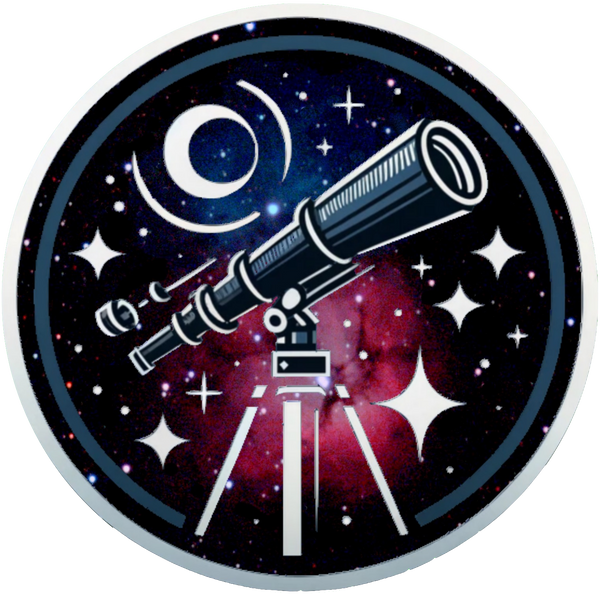
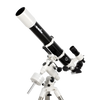 All
All
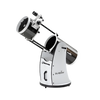 Dobson
Dobson
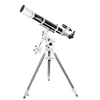 Refractors
Refractors
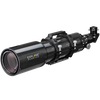 Ed & Apochromates
Ed & Apochromates
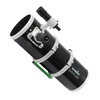 Newtonian reflector
Newtonian reflector
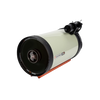 Schmidt Cassegrain
Schmidt Cassegrain
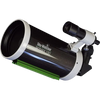 Maksutov-Cassegrain
Maksutov-Cassegrain
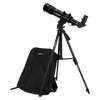 Solar
Solar
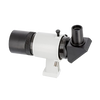 Researcher
Researcher
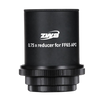 Focal reducer
Focal reducer
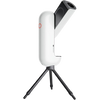 Intelligent
Intelligent
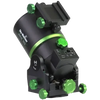 All
All
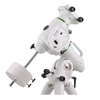 Equatorial
Equatorial
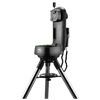 Alt/Az
Alt/Az
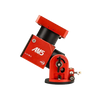 Harmonic
Harmonic
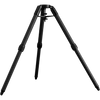 Tripods
Tripods
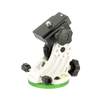 Accessories
Accessories
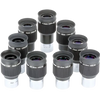 All
All
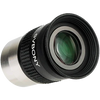 Wide angle
Wide angle
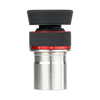 Zoom eyepieces
Zoom eyepieces
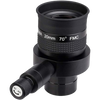 Reticulated eyepieces
Reticulated eyepieces
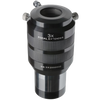 Barlow
Barlow
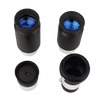 Plössl
Plössl
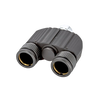 Binoculars
Binoculars
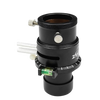 Atmospheric Corrector
Atmospheric Corrector
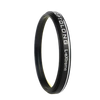 All
All
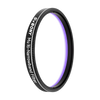 Visual
Visual
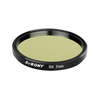 Photo
Photo
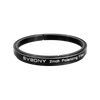 Polarisants
Polarisants
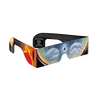 Solar Filters
Solar Filters
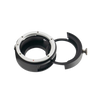 Accessories
Accessories
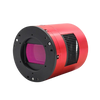 All
All
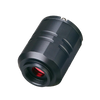 Color Cameras
Color Cameras
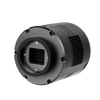 Monochrome Cameras
Monochrome Cameras
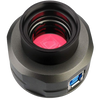 Planetary/Guiding
Planetary/Guiding
 Objectives
Objectives
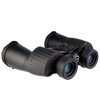 All
All
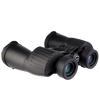 Binoculars
Binoculars
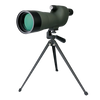 Spotting Scope and Monocular
Spotting Scope and Monocular
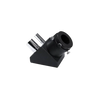 Elbows
Elbows
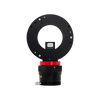 Optical Divider
Optical Divider
 Mirrors
Mirrors
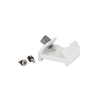 All
All
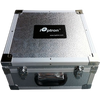 Bags and protections
Bags and protections
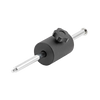 Supports and counterweights,
Supports and counterweights,
 Camera adapters
Camera adapters
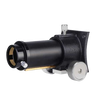 Focuser
Focuser
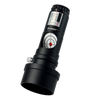 Collimation
Collimation
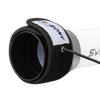 Heating band
Heating band
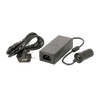 Cables
Cables
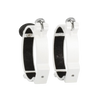 Collars
Collars
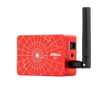 Computers
Computers
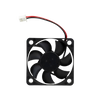 Fans
Fans
 Others
Others
 All
All
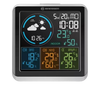 Weather Station
Weather Station
 Thermometer
Thermometer
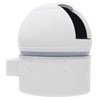 All
All
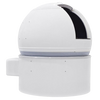 Observatory/Domes
Observatory/Domes
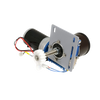 Accessories
Accessories
 Askar
Askar
 Baader
Baader
 Bresser
Bresser
 Celestron
Celestron
 Explore Scientific
Explore Scientific
 GSO
GSO
 Optolong
Optolong
 Touptek
Touptek
 Vixen
Vixen
 ZWO
ZWO